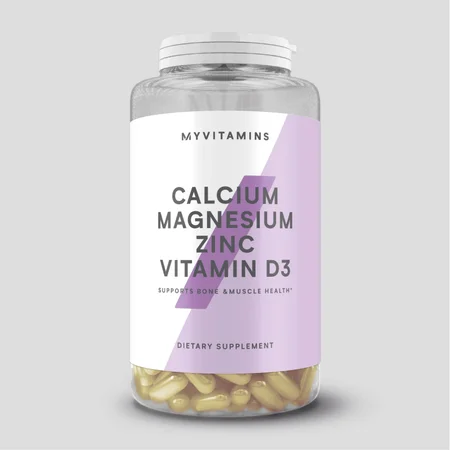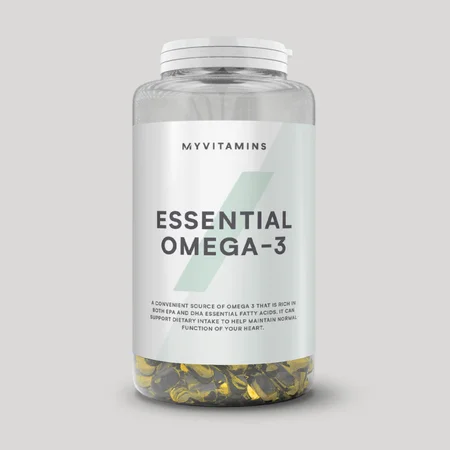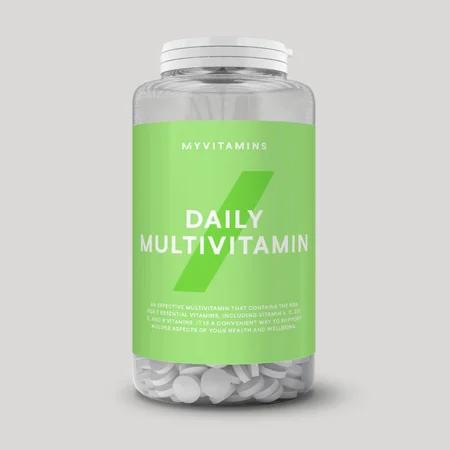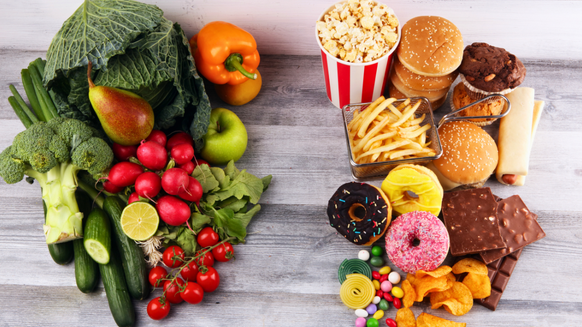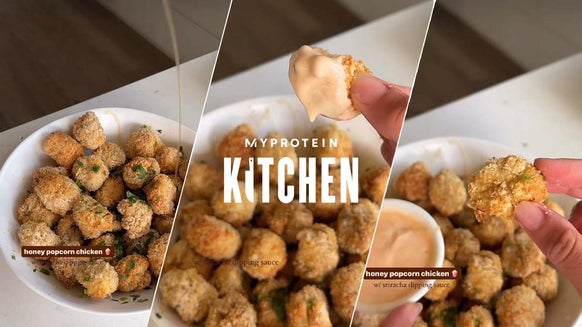
As fall trudges on and we're getting closer to winter, temperatures, and the sun, are going down fast. Without the same intensity and hours of sunlight we had in the summer, it's easy to not get enough vitamin D.
Over 1 billion people worldwide have vitamin D deficiency, while 50% of the population has vitamin D insufficiency—meaning they still don't get the recommended amount.
Also known as the "sunshine vitamin", vitamin D is vital for our health and well-being. This is especially true in the fall and winter months when sunlight becomes less and less common.
Now as we enter the holiday season, it's important to start thinking about how we can keep our vitamin D levels up.
Even without strong sunlight, there are many ways to incorporate more vitamin D into your routine. Check out these tips to boost your vitamin D levels and feel your best, even through the winter.
Why Vitamin D Matters
Before getting into how to obtain more vitamin D, let's look at why the nutrient matters. This vitamin is super important when it comes to our health.
Vitamin D helps with the absorption of calcium and phosphorus—both essential for bone and muscle health. Vitamin D is known to support our bones and is necessary for proper bone growth.
Other roles of vitamin D in the body include:
- Reducing inflammation
- Helping with cell growth
- Supporting immune function
- Supporting glucose metabolism
So, getting sufficient vitamin D is important for many of our body's functions. Now, let's see how we can get those levels up as we head into winter.
Tips for Boosting Your Vitamin D Intake
1. Sunlight
When UV rays from the sun hit our skin, one of the things they do is trigger the production of vitamin D. Even in fall and winter, you can still get some sunlight.
The best way to get sun is to spend time outside. In the colder seasons, it is more difficult to get proper amounts of vitamin D from the sun, as we are covered by more clothing. But even a short walk or rest in the sunlight can be helpful.
The amount of sun you'll need depends on several factors like your location/latitude, skin pigment, age, and the time of day you go out. In the colder months, for many areas in Canada, your best bet is to go outside at noon, when the sun is the strongest.
Because our bodies are mostly covered when it's cold, even when going out at noon, in some areas, it may take a couple of hours to get sufficient vitamin D levels from the sun. For this reason, it's best to have a few different strategies for obtaining vitamin D this time of year.
2. Diet
Aside from sunlight, an excellent way to obtain vitamin D is through diet. Some foods are naturally rich in the nutrient or fortified with it. You'll find high levels of natural vitamin D in fatty fish like salmon, mackerel, and tuna, and fish liver oils. Egg yolks, cheese, and beef liver will also provide a good amount.
For vegetarians or those who prefer plant-based diets, you can find some vitamin D in certain mushrooms. Many dairy products, plant milk, and cereals are also fortified with it.
3. Supplementation
If you don't think you can get enough vitamin D through diet, supplementation is an easy solution. You can find Vitamin D3 supplements just about anywhere.
Supplements are easy to take and although they don't work exactly like getting natural vitamin D from sunlight or diet, they can be a convenient solution to maintain good levels of the nutrient throughout the year.
However, you should talk to a healthcare professional before supplementing to determine the right dose for you.
4. Sun Lamp
If you're located up north and can't get enough sunlight to provide sufficient vitamin D, light therapy using a UV lamp or sun lamp can be an effective solution.
Sun lamps work by mimicking natural sunlight and emitting UVB rays, which trigger vitamin D production. Sun lamps are a great option if you can't spend a lot of time outdoors in the fall and winter.
Because UV lamps produce UVB rays, it's important to not overdo it as those same rays can be damaging to the skin. A good rule of thumb is to follow the guidelines on the product you buy and use the lamp for the recommended amount of time.
Keep in mind that sun lamps are not a replacement for natural sunlight, and can't have all of the same beneficial effects on the body that sunlight has. However, they are helpful in the colder seasons for boosting vitamin D levels if you can't get outside.
5. Routine Testing
One last way you can keep your vitamin D levels up in the fall and winter is to simply get tested. You can ask your primary care physician or healthcare provider to test your vitamin D levels, which involves a simple blood test.
This will help you know where you stand, and if you then need to incorporate some of the above tips into your routine.
Take-Home Message
Maintaining optimal vitamin D levels is important throughout the year, but especially in the fall and winter when we are more vulnerable to deficiency. Try these tips to easily incorporate habits into your lifestyle that will help boost your vitamin D levels and carry you through the winter. Happy holidays!
READ THESE NEXT:

LED Light Therapy: How it Works, Benefits, & Muscle Recovery
Promote muscle growth and recovery with LED light therapy....

How Yoga Aids Stress Relief | Yoga Relaxation Techniques
And the brand-new Composure line....

#Move30 | 30 Days, 30 Ways | Your Journey
Discover the best version of you....
A Rutgers University Honors graduate, Jamie grew up on the Jersey shore and double majored in Comparative Literature and Anthropology in college. Jamie is an experienced writer in the health and wellness, biotech, and eCommerce fields. She loves writing with a purpose and has even written for the Department of Justice.
Jamie became drawn to exercise during her time in university and began to notice the physical and mental benefits of moving your body daily. Today, Jamie enjoys Pilates, light weight training, and going on long walks in nature daily.
Jamie is also passionate about eating right and prioritizing gut health and immunity. She is always trying the next innovation in health and wellness. When she’s not writing articles, Jamie enjoys reading, playing guitar, and finding dogs to play with.

